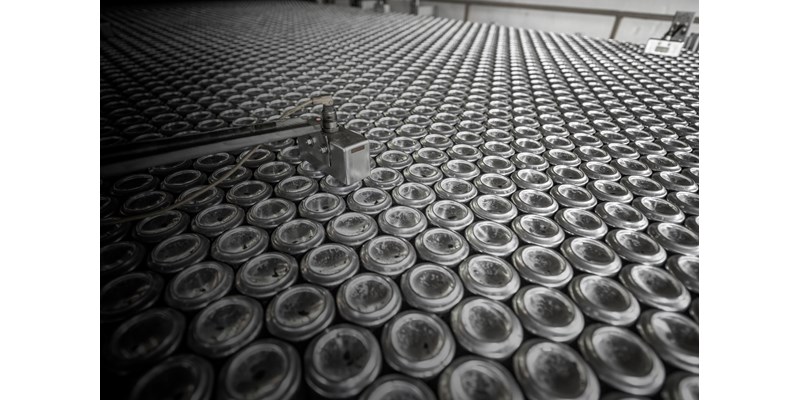Discuss your challenges with our solutions experts
1 minute read
Edgardo Gelsomino
Research Director, Aluminium

Edgardo Gelsomino
Research Director, Aluminium
Edgardo has over 30 years' experience conducting research and advising stakeholders across the aluminium industry
Latest articles by Edgardo
-
Opinion
Can America smelt again?
-
Featured
Investment in new aluminium capacity needed to avoid supply crunch
Political and financial uncertainty related to elections and the U.S.-China trade dispute have clouded aluminium’s fundamentals, which we believe support higher prices.
Kamil Wlazly, Senior Metals Analyst, quoted in Reuters
What's the outlook for China?
We estimate that net primary aluminium capacity growth in China will be just over 5 megatonnes between 2017 and 2021. Further capacity additions will be sparse and limited, as new approvals are becoming increasingly difficult to obtain. There also exists a natural disincentive to expand smelter capacity in the country, as domestic demand for primary aluminium is expected to peak towards the end of the next decade.
What about future global demand?
Yet, according to our estimates, which assume a moderate deceleration of the global economy, the world needs some 10 megatonnes of new smelter capacity by 2027, and twice as much alumina refinery capacity.
China's astronomic growth was made possible by the use of coal as the main fuel for thermal power plants. With the exception of India and some parts of South East Asia, new aluminium capacity outside China will be forced to rely more heavily on non-coal sources of power - with gas fired and hydro power plants playing an integral role.
Why filling the supply gap will require deeper pockets
Capital intensity of aluminium smelters and alumina refineries in China has historically accounted for approximately 40% of the required capital for equivalent projects in the rest of the world. Therefore, covering the future supply gap with new production outside China will require a higher capital expenditure than what has been observed over the past decade. We estimate the total capital cost of the required 10 megatonnes new smelter capacity needed by the second half of the next decade could be as much as US $30-40 billion. Producers will also require up to US$15-20 billion in order to build new alumina refineries, not to mention the investment required to build an additional 15 gigawatts of power to support the smelters.
The first challenge will be to find locations offering both an abundant source of competitively priced power and a friendly investment environment. In addition, smelters and refineries will need to be given access to raw materials. In existence are smelter projects in the Middle East, coal-based projects in India and South East Asia, hydro-based projects in South East Asia, Northern Europe and North America, and unutilised resources in the politically-challenging Venezuela. There are other regions in South America and Africa with hydro power potential but the development of those sources will take a significant amount of time.
Wood Mackenzie estimates that, at a required rate of return of 15%, the incentive price at which investors would be willing to build new alumina capacity is US$430 a tonne. For aluminium smelting, this figure sits at around US$2350 a tonne. Assuming lead-times of around five to seven years for the development of aluminium production facilities, investment decisions need to be made soon to avoid a supply crunch in 2025 and beyond.
-
10 megatonnes
New smelter capacity needed by the second half of the next decade
-
US $30-40 billion
Cost of developing required smelter capacity
-
US$430 a tonne
The incentive price at which investors would be willing to build new alumina capacity
-
US$2350 a tonne
The price at which aluminium smelting becomes attractive to investors







